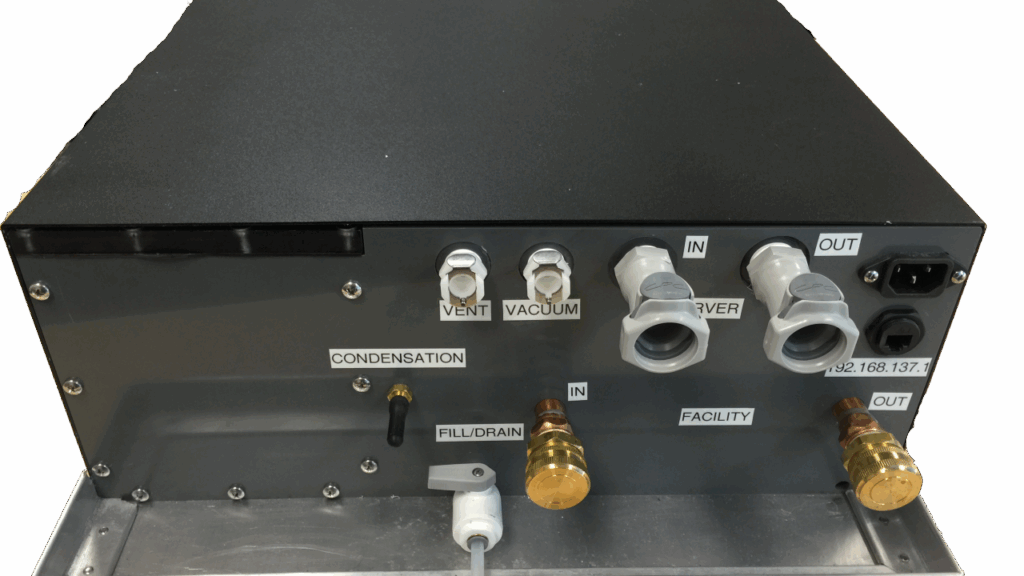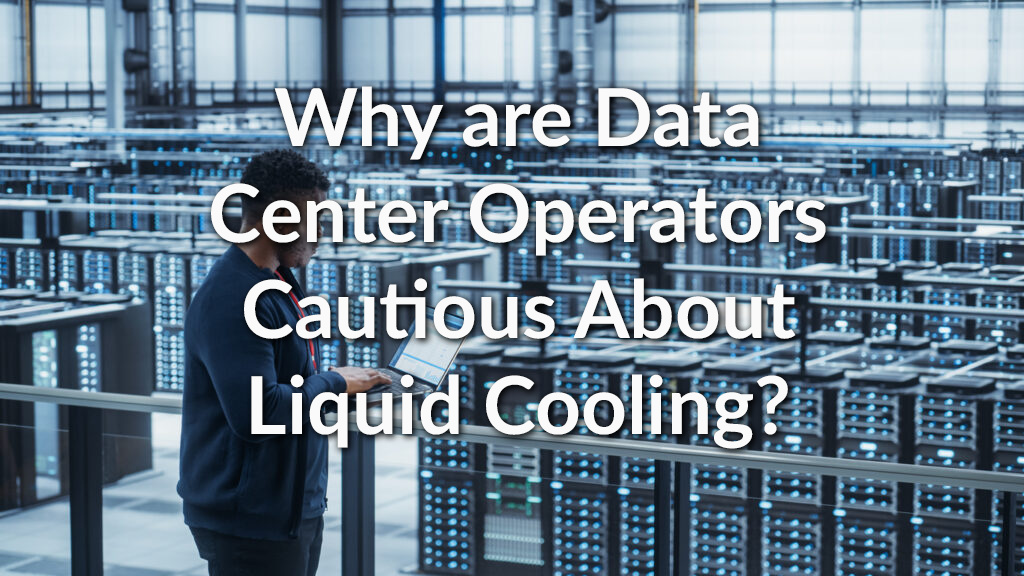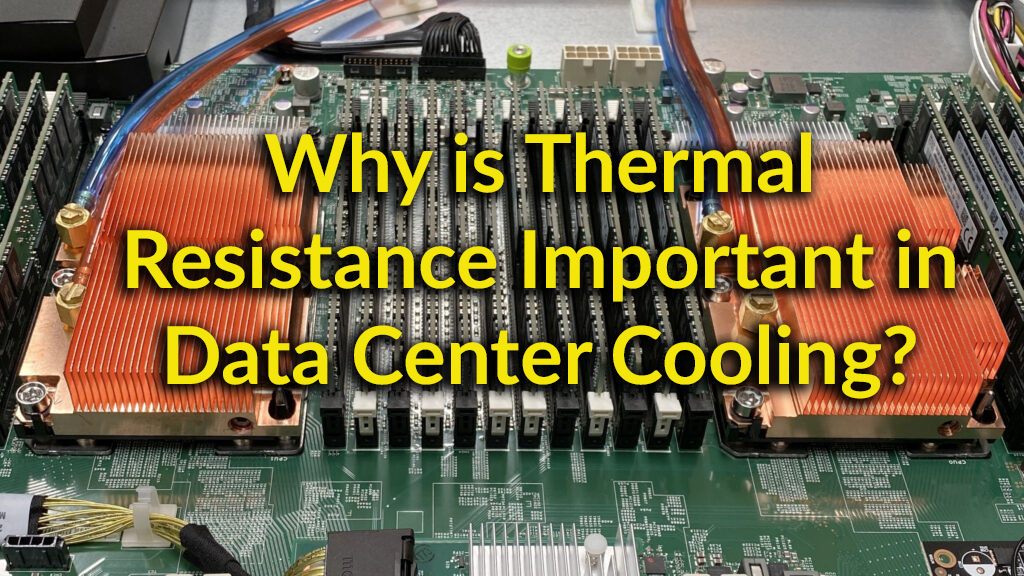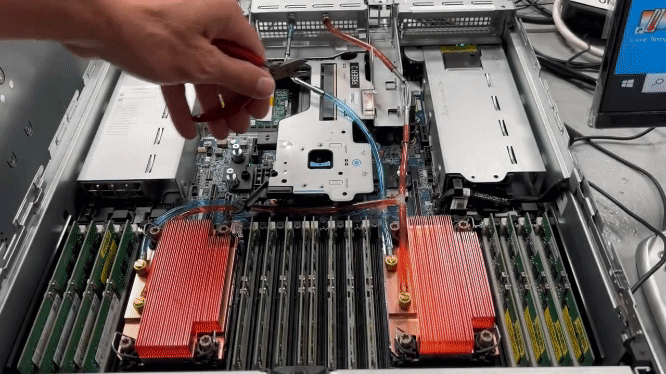Q&A Series: Biggest Misconceptions
Biggest Misconceptions in Liquid Cooling 𝗪𝗲 𝗱𝗼𝗻’𝘁 𝘄𝗮𝗻𝘁 𝗮𝗻𝘆 𝗺𝗶𝘀𝗰𝗼𝗻𝗰𝗲𝗽𝘁𝗶𝗼𝗻𝘀 to get in the way of your liquid cooling implementation. We’re here to help! This question comes from one of our LinkedIn followers. Thanks for the question! 𝗛𝗮𝘃𝗲 𝗮 𝗾𝘂𝗲𝘀𝘁𝗶𝗼𝗻?🙋 Reach out and we’ll be happy to answer. You can find more info about liquid […]
Q&A Series: Biggest Misconceptions Read More »










